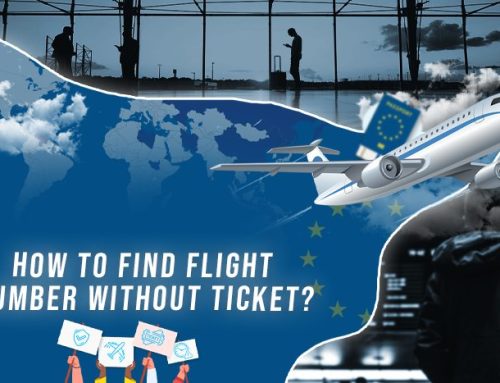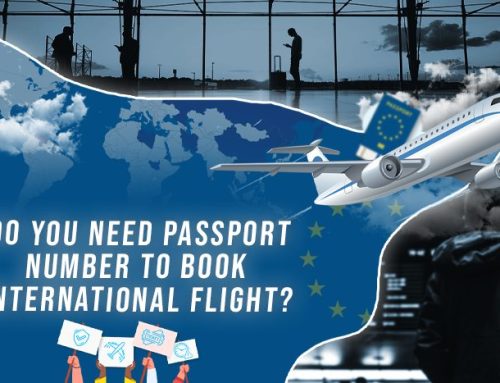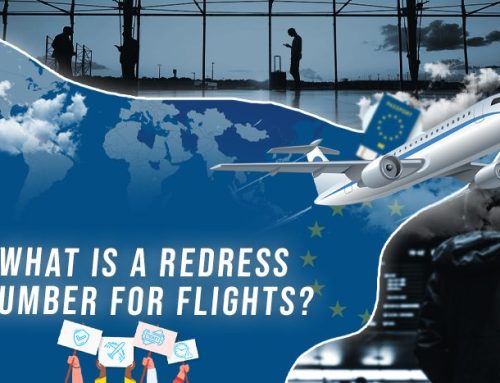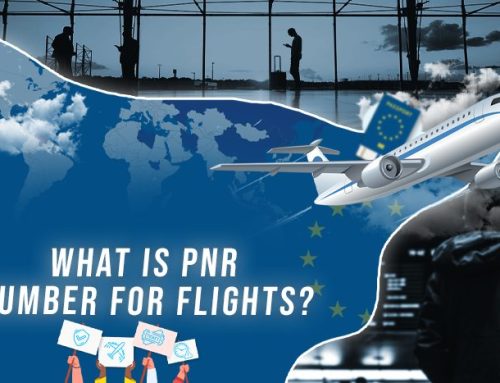Hollywood has made it seem like all planes can fly upside down, taking barrel rolls and making sudden movements to help prevent the plane from going down. The pilot is able to save the day, and everyone lives another day. Unfortunately, that’s not the case in real life. Commercial planes are not designed to do tricks, so they cannot fly upside down for sustained periods of time.
Key Takeaways
- The portrayal of airplanes performing dramatic maneuvers like flying upside down and barrel rolls in movies is far from reality. While it may make for thrilling on-screen moments, commercial planes are not designed to do such tricks, and attempting to fly upside down for a sustained period could lead to catastrophic consequences.
- Commercial airplanes are engineered to provide safe and comfortable travel while flying right side up. The engines rely on lift from the wings to maintain flight, and inverting the plane disrupts this lift, leading to a descent and potential crash.
- In contrast to commercial planes, military jets and smaller aircraft are designed with agility in mind. These planes can perform aerobatic maneuvers and fly upside down due to their specialized wing design and engineering. However, their limited range and passenger capacity make them unsuitable for commercial flights.
- Flying upside down requires specific wing design and symmetrical profiles that generate lift regardless of the plane’s orientation. Commercial planes’ wings are not engineered for such purposes, further emphasizing their unsuitability for aerobatic maneuvers.
- While a commercial plane might technically manage a brief upside-down flight, attempting such stunts would pose severe safety risks and cause damage to both the aircraft and passengers. Pilots are not trained for such maneuvers, and it remains best left to Hollywood’s imagination for dramatic effect.
Flying Upside Down
Fortunately for most travelers, you don’t have to worry about the plane flipping over when you’re in flight. Commercial airplanes are designed for smooth travel, right side up. Technically, it could sustain flight upside down for a short period of time; however, its engines cannot support that in the long term.
This is because the engines rely on lift from the wings to fly, and if the plane were upside down, you would not be getting that same lift. This would cause the plane to start to descend, and the plane could eventually crash because of the lack of lift. At this time, the plane would be facing a lot of turbulence, the oxygen masks would likely be falling, and carry-on luggage would be flying everywhere.
Now, this is not the case for military jets and other small planes. These are designed with agility in mind. Not only are they faster, but they are also more nimble. These smaller planes could fly upside down and do other tricks, which is why they are often used as part of entertainment shows instead of commercial flights.
The trade-off is that you cannot travel long distances in these without refueling, nor can you travel in large groups. Military jets are expensive, and they are not typically used commercially.
How Could a Plane Fly Upside Down?
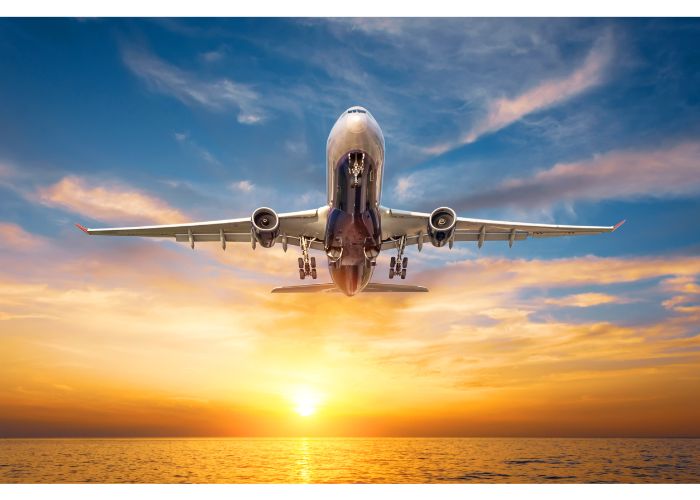
Planes have to be designed and engineered with the right specs in mind in order to fly upside down. The plane’s wings should be rounded on the top and bottom with a symmetrical design. When you pair that with adjusting the angle of attack, you can generate lift, which could help you, in theory, fly upside down.
Keep in mind that the wing’s design needs to generate lift regardless of the direction it is flying, both right side up and upside down. Typically, wings are only designed to generate lift when flying the traditional way, so it requires special engineering to do so. Most commercial pilots are not trained to fly upside down, so it is not something that they take lightly.
Conclusion
While technically, a commercial airplane could fly upside down for a short period of time, that doesn’t mean that it should do that. This could cause damage to both the plane and the passengers on the flight. There are planes that are designed to go upside down, but a commercial jet is not one of them. The engines are not powerful enough to generate lift that way.
The aerodynamics of flying a commercial jet upside down is best left to Hollywood because the only thing it’s good for is a dramatic moment on the screen.
Frequently Asked Questions
-
Can commercial planes fly upside down at all?
Technically, a commercial plane could perform a brief upside-down flight, but it is not designed for sustained inverted flight. Attempting such maneuvers would be unsafe and could lead to loss of control and potential crashes.
-
Why are military jets and small planes able to fly upside down?
Military jets and smaller aircraft are designed with special engineering and wing profiles that allow them to generate lift even when flying upside down. Their agility and maneuverability make them capable of performing aerobatic maneuvers not suitable for commercial planes.
-
Are commercial pilots trained to fly upside down?
No, commercial pilots are not trained to fly upside down. Their training focuses on safe, efficient, and conventional flight procedures for commercial airliners. Aerobatic flying is a specialized skill that requires specific training and experience.
-
Could flying upside down damage the plane and its passengers?
Yes, attempting to fly a commercial plane upside down could cause significant damage to the aircraft and endanger the passengers. The engines rely on consistent lift from the wings, which would be disrupted in an inverted position, leading to potential loss of control and structural stresses.
-
Are there any real-life instances of commercial planes flying upside down?
While there might be rare instances of commercial planes unintentionally entering unusual flight attitudes, commercial pilots are trained to avoid such situations. Deliberate upside-down flight in a commercial airliner is highly unlikely due to safety concerns and the unsuitability of the aircraft for aerobatic maneuvers.



